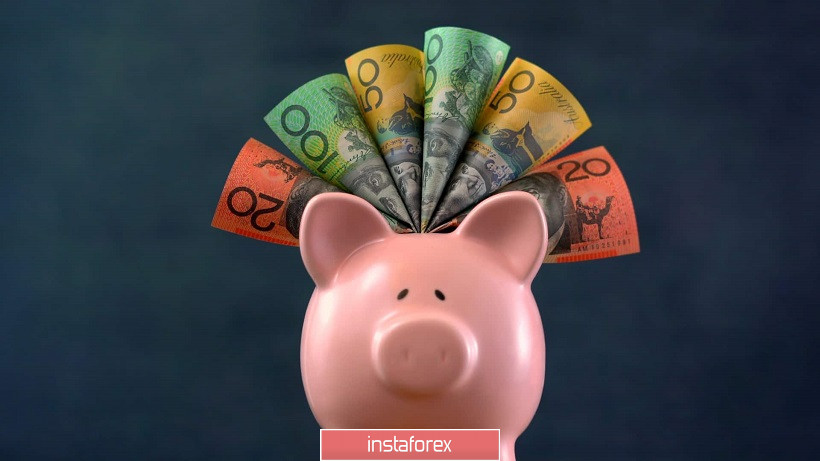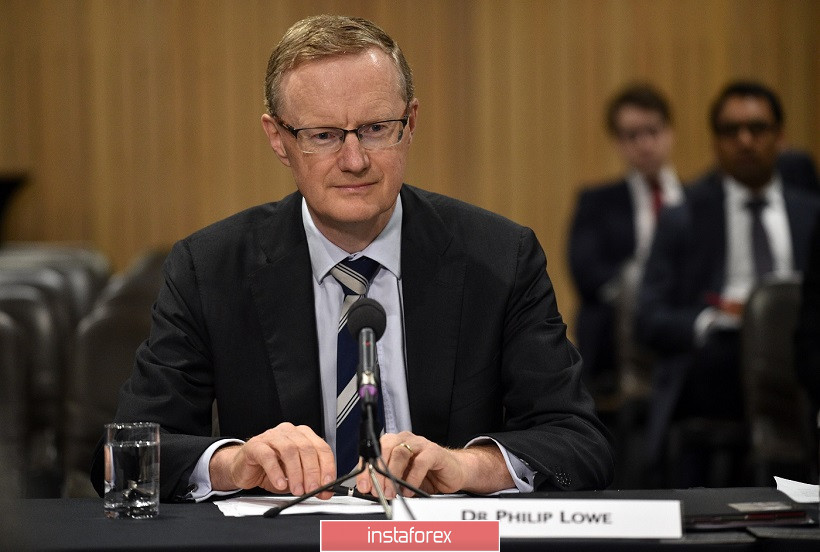At the start of trading, the Australian dollar is paired with the US currency: against the background of a general weakening of the dollar, the AUD/USD pair is approaching the borders of the key resistance level of 0.7000. However, this price dynamics must be treated with extreme caution. Firstly, the price increase is due solely to the weakening of the US dollar, and secondly, making trading decisions on the eve of the RBA meeting (which will be held tomorrow) is quite risky. In addition, we must not forget about the Australian-Chinese political conflict, which is still not resolved. Moreover, there have been some signs of escalation lately, while Beijing officials have refused to sit down at the negotiating table. The stalemate puts background pressure on the AUD preventing the bulls of the indicated currency pair from breaking a key resistance level.
From the point of view of fundamental analysis, the situation is quite complex. Before the conflict with China, the trading strategy for theAUD/USD pair was simple –– with any more or less large-scale southern declines, you could easily open long positions, since the Australian currency showed slow but stable growth. The current macroeconomic reports and the position of the RBA played on the side of the Aussie, even despite the tangible consequences of the coronavirus crisis. The key macroeconomic indicators often came out in the "green" zone, reflecting the resilience of the Australian economy. The accompanying comments of the Reserve Bank also inspired the bulls of AUD/USD. According to regulator members, the "coronavirus strike" turned out to be weaker compared to earlier forecasts– unemployment did not grow so much, while inflation indicators showed a relatively tolerable decline.

Such a fundamental background contributed to an increase in the price of AUD/USD over the course of several months - it was possible to open longs without regard to the US currency, counting on growth in the medium-term. But now, such an algorithm no longer works: the pair has reached its ceiling, and has been marking itself at the 0.7000 mark for more than a month. The results of tomorrow's meeting of the RBA may provoke an upward impulse for the pair, after which the price may rise above the key target. But even in this case, long positions will look risky, since any signs of escalation of the conflict between China and Australia will put pressure on the Australian dollar.
Nevertheless, in the medium-term, the focus will be on the results of the July meeting of the RBA. It is worth noting here that during his recent speeches, the head of the regulator, Philip Lowe, as a rule, expressed optimism about the prospects for the restoration of the Australian economy. In his opinion, the labor market did not receive such a strong blow relative to the regulator's earlier forecasts, while a V-shaped or at least a U-shaped recovery of key indicators is expected in the second half of the year. The other members of the Reserve Bank also agreed with him: they virtually ruled out a further reduction in the interest rate at the June meeting, saying they would maintain a wait-and-see attitude.
With a high degree of probability it can be assumed that the RBA members will voice similar rhetoric tomorrow, despite the anti-record labor market. Let me remind you that the May unemployment rate jumped to 7.1% (with a forecast of growth to 6.9%): the last time the rate was at such a high level was in 1999. The number of employees declined by 229 thousand, while experts predicted a 100 thousandth reduction. Here, by the way, there is a positive trend, since the number of employees declined by a record 607 thousand in April - in other words, the trend has acquired a positive character.
Most likely, RBA members will ignore the latest reports tomorrow, focusing on future prospects. Here, the main intrigue is what actions the Central Bank can take in the fall. The fact is that in September, the Australian government may cancel the fiscal stimulus that was introduced in the spring in response to the coronavirus crisis. RBA deputy head, Guy Debelle, called on Canberra last week to constantly stimulate the economy. He acknowledged that if the government decides to curtail the stimulus package, then the Australian economy will face "inevitable problems." It is worth noting here that Australia's fiscal response to the coronavirus pandemic is one of the largest in the world – it accounts for almost 10% of GDP. The Cabinet is currently considering extending the incentives – according to a representative of the RBA, the final verdict will be issued within the next few weeks.

Given this disposition, the Australian regulator is unlikely to announce any steps in the event of curtailing incentives – the Central Bank will not be ahead of events until members of the government voice their position on this issue.
Thus, the Reserve Bank of Australia will most likely voiced cautious optimism tomorrow, preserving all the parameters of monetary policy in its original form. This fact may support the Australian currency, however, when breaking through the 0.7000 mark, you should not hurry with purchases. Moreover, with impulse growth, it is advisable to consider short positions with the main goal at 0.6890 - this support level corresponds to the middle line of the Bollinger Bands indicator, coinciding with the Tenkan-sen line on the daily chart.
 English
English 
 Русский
Русский Bahasa Indonesia
Bahasa Indonesia Bahasa Malay
Bahasa Malay ไทย
ไทย Español
Español Deutsch
Deutsch Български
Български Français
Français Tiếng Việt
Tiếng Việt 中文
中文 বাংলা
বাংলা हिन्दी
हिन्दी Čeština
Čeština Українська
Українська Română
Română

